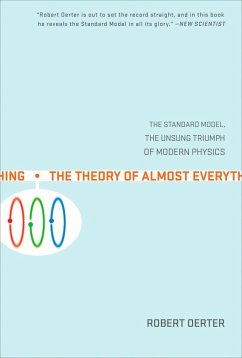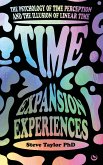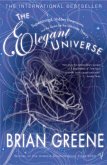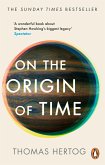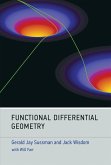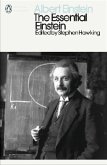(MOST OF) THE UNIVERSE IS IN YOUR HANDS"There is a theory in physics that explains, at the deepest level, nearly all of the phenomena that rule our daily lives.... This theory bears the unassuming name "The Standard Model of Elementary Particles," or the "Standard Model," for short. It deserves to be better known, and it deserves a better name. I call it "The Theory of Almost Everything."The Standard Model has a surprisingly low profile for such a fundamental and successful theory.... In physics news items, the Standard Model usually plays the whipping boy. Reports of successful experimental tests of the theory have an air of disappointment, and every hint of the theory' s inadequacy is greeted with glee. It is the Rodney Dangerfield of physical theories, it "don' t get no respect." But it is, perhaps, the pinnacle of human intellectual achievement to date.--From the IntroductionPraise for "THE THEORY OF ALMOST EVERYTHING"In an era when enormous attention is being paid to the promising but highly speculative superstring/M-theory, a great triumph of science has gone nearly unnoticed, except by physicists. Robert Oerter provides here an accessible introduction to the Standard Model--a towering example of human creativity. He outlines how the Standard Model can serve as the launching pad for humanity to--paraphrasing Einstein--see better the secrets of ' the Ancient One.' "--S. J. Gates Jr., John S. Toll Professor of Physics and director, Center for String and Particle Theory, University of Maryland"We always hear about black holes, the big bang, and the search for life in the universe. But rare is the book that celebrates the Standard Model ofElementary Particles--a triumph of twentieth-century science that underpins nearly all we know about physical reality. Oerter' s "The Theory of Almost Everything belongs on anyone' s shelf who cares about how the universe really works."--Neil deGrasse Tyson, astrophys
There are two scientific theories that, taken together, explain the entire universe. The first, which describes the force of gravity, is widely known: Einstein's General Theory of Relativity. But the theory that explains everything else-the Standard Model of Elementary Particles-is virtually unknown among the general public. In The Theory of Almost Everything, Robert Oerter shows how what were once thought to be separate forces of nature were combined into a single theory by some of the most brilliant minds of the twentieth century. Rich with accessible analogies and lucid prose, The Theory of Almost Everything celebrates a heretofore unsung achievement in human knowledge-and reveals the sublime structure that underlies the world as we know it.
Hinweis: Dieser Artikel kann nur an eine deutsche Lieferadresse ausgeliefert werden.
There are two scientific theories that, taken together, explain the entire universe. The first, which describes the force of gravity, is widely known: Einstein's General Theory of Relativity. But the theory that explains everything else-the Standard Model of Elementary Particles-is virtually unknown among the general public. In The Theory of Almost Everything, Robert Oerter shows how what were once thought to be separate forces of nature were combined into a single theory by some of the most brilliant minds of the twentieth century. Rich with accessible analogies and lucid prose, The Theory of Almost Everything celebrates a heretofore unsung achievement in human knowledge-and reveals the sublime structure that underlies the world as we know it.
Hinweis: Dieser Artikel kann nur an eine deutsche Lieferadresse ausgeliefert werden.

